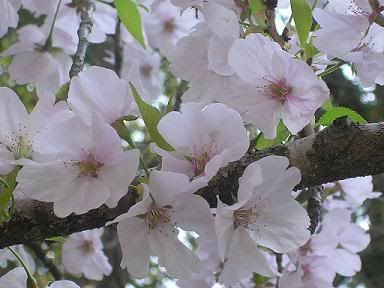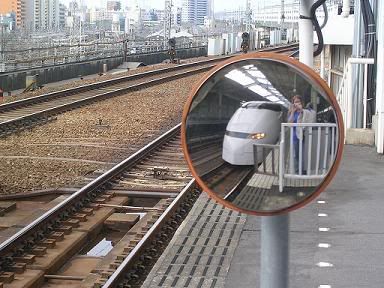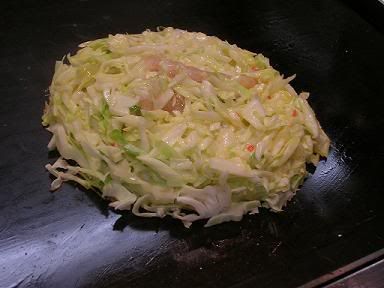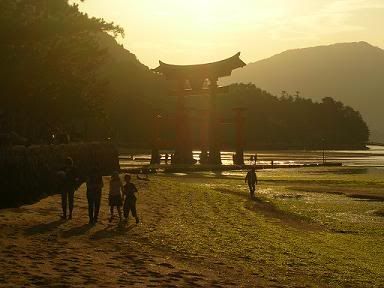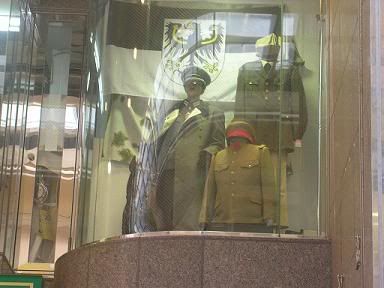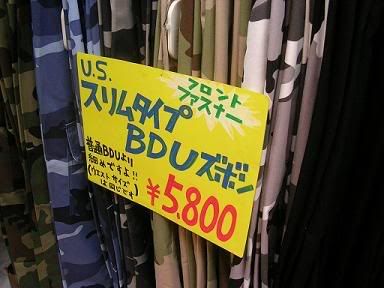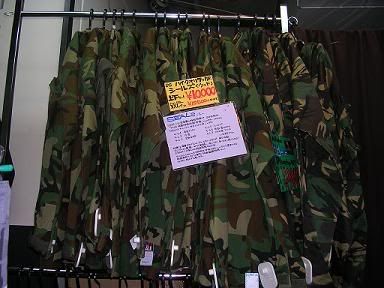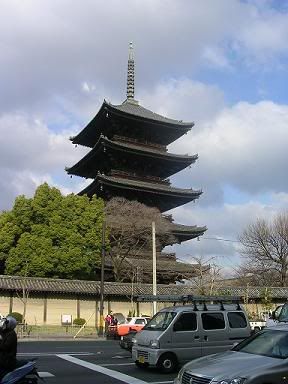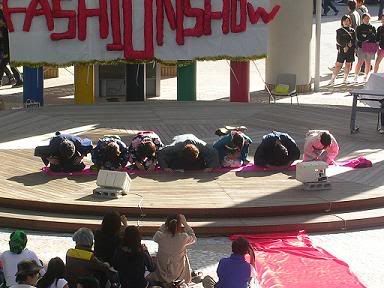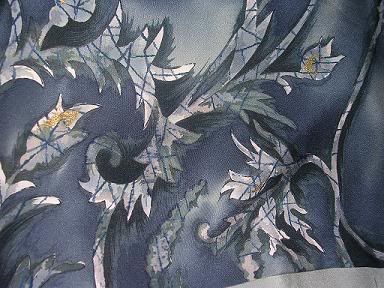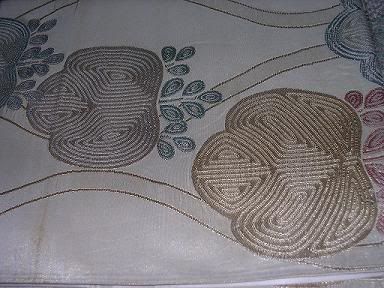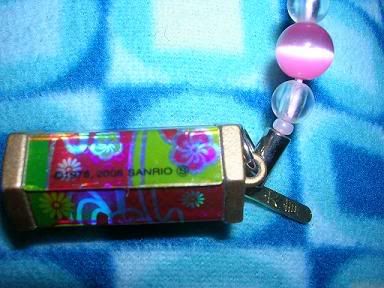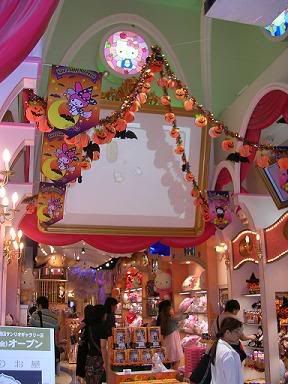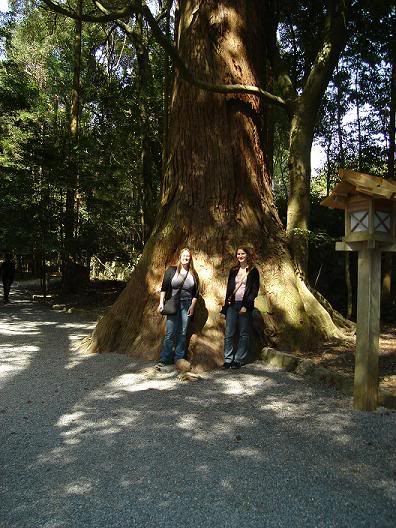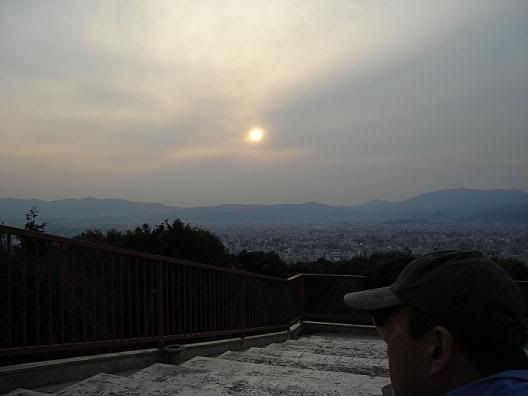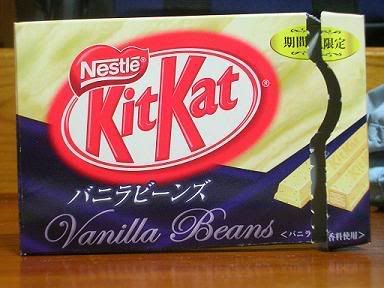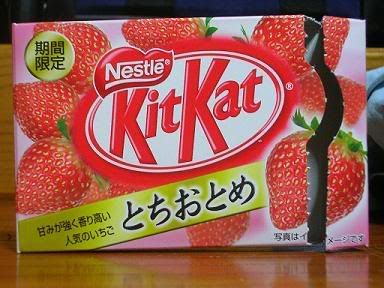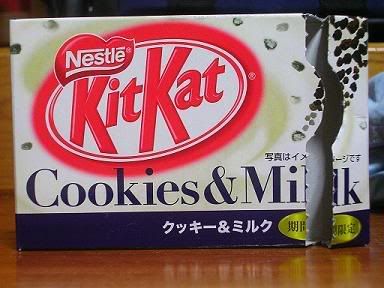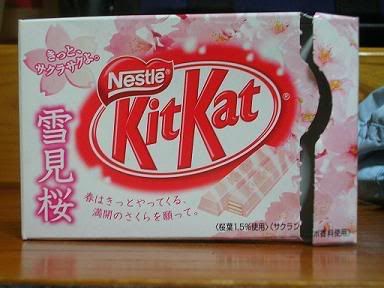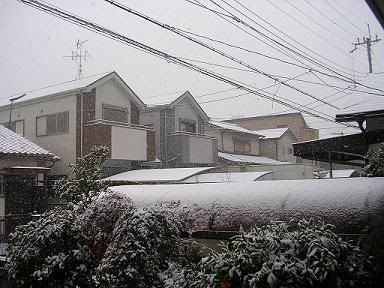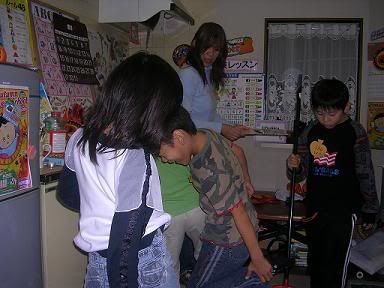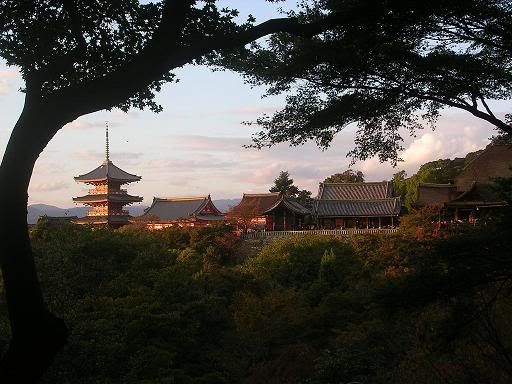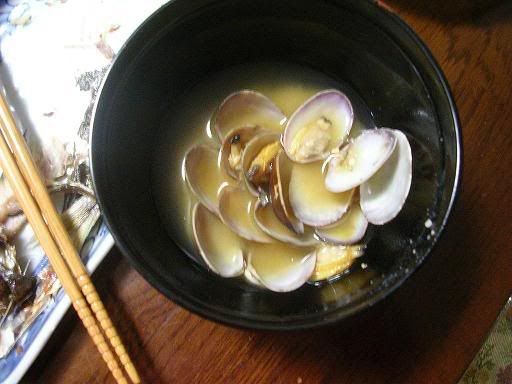In the name of wrapping up this blog, talking about culture, and most of all having fun, I have chosen
not to do something terribly academic for my "changing impressions" topic this week. The good news? You get two posts. As I will be leaving Japan in less than three weeks, I thought I'd try to wrap up my stay and my blog at the same time. What better way to do it than a top 10 list? How about two?
This first post focuses on the negatives since that was the harder of the two lists to come up with and because I want to get all the whiny, complaint stuff out of the way first. They're in no particular order and they're purely opinion-based, so feel free to disagree. I'll be anthropological in my explanations for what some of these items are. First, the list:
Ten Things I Won't Miss About Japan1. Practically Towering Over Everyone When in High Heels
2.
Fish for Dinner with the Head Still Attached and Staring at You
3. Constantly Having to Explain Where
Arkansas is, Even to Americans
4.
Keigo5. The Rarity of Mexican Food, Real Cheese, and Peanut Butter
6. The vending machines that sell tickets to be redeemed later
7.
Japanese style toilets8. ATMs that are closed at night and sometimes on Sunday
9. How there’s never a garbage can when you need one
10. Having NO Heat in the middle of winter.
And now for the discussion:
Mexican Food, Real Cheese, and Peanut Butter
As I have mentioned before, I am from Arkansas where the three main food groups are Mexican food, cheese, and peanut butter. Please don’t get me wrong—there’s a fantastic Mexican restaurant in Shinsaibashi and you can occasionally find real cheese and peanut butter at over twice their American price in some of the larger supermarkets. And it’s not that Japan doesn’t have fantastic food substitutes—it does! It’s just that I prefer to eat Mexican food at least twice a week, not once every two months; and at home I eat cheese and peanut butter nearly every day. I suppose you never realize how much you like something until it’s gone.
The reason, by the way, that these three items are so difficult to find in Japan is that all three must be imported. Japan, as a small, mountainous country, does not have the space needed to raise cattle or corn, so any products requiring large quantities of such foods must be imported, making them rare and expensive. The only one of the three that confused me was the peanut, because I thought those could be grown anywhere. A little research proves that they are, in fact, grown in
China, which is problematic as my China post shows.
Vending Machines that Sell Tickets to be Redeemed Later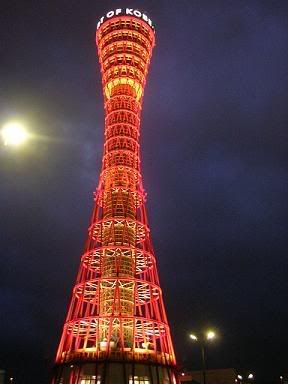
This is probably best explained through a story. To buy our textbooks at Kansai Gaidai, we must go to the main office building, put in our money, and receive a ticket from a vending machine. The ticket is then redeemed at the CIE building for the book. If, say, during that two minute or less walk from one building to the other, the ticket becomes lost in your wallet… Well, you just have to go back and buy another ticket.
It’s actually a fairly intelligent idea of the part of whoever thought to have vending machines that sell tickets—because it eliminates the need for a register and money earned is stored in a much safer place. Many institutions, such as the Kobe Port in the photo above, use these kinds of machines for ride tickets, food tickets, book tickets, etc... I can understand the reasoning behind it, no problem.
Japanese Style ToiletsI heard about these before I came to Japan, but I wasn’t expecting them to be as prevalent as they actually are. Go to any train station, temple, shrine, or nearly any other public place, and you’re sure to find these. Sometimes that’s
all there is. It’s essentially an elaborate hole in the ground.
ATMs that are closed at night and sometimes on SundaysMost bank ATMs in Japan are actually inside the bank, so when the bank closes, so too do the bank machines. The ones that are within train stations or within their own little booths on the side of the street close shortly after darkness sets in. And the ones in your local convenience store? Well, as far I have seen, they just kinda turn themselves off. Maybe in some convenience store I haven’t been in, they stay open, but in all the conbini near my house, the machine just is not working after it gets too late at night.
Why is this? Well, in the case of the bank machines inside the bank, it makes sense that when the bank closes so do they. In the case of all other bank machines, I guess it is to discourage theft. But, is this honestly a problem in Japan, which prides itself for having one of the lowest crime rates in the world?
How There’s Never a Garbage Can When You Need OneThough Japan has an over-abundance of vending machines, it does
not have near as many trashcans. They seem to have very specific habitats, such as restrooms (though not always), classrooms, and train stations. But on the street, you won’t see any trash cans. Even on trash day, you won’t see trash cans. Instead, what you’ll see are piles of plastic bags on the side of the street for the garbage men to pick up and throw in their trucks. And what kind of trash is in the bags depends on the day of the week (for instance, yesterday was newspaper and beer can day, in separate bags of course). Which, while I think that it is awesome that most Japanese seem to separate their trash and recycle certain things, sometimes you just need a trashcan and there isn’t one.
Having No Heat in the Middle of WinterA few things about Japanese houses: first, they are not as insulated as US houses and second, they do not come with central heat and air conditioning. This is fine for most of the year, except in the hottest months of summer and the coldest months of winter. Summer was not so bad; so long as I had my fan, I was alright. But then again, I come from Arkansas, where temperatures are much hotter, and I don’t have air conditioning there either, so I’m quite used to dealing with the heat. It’s the winter that is unpleasant. There is no central heat, so instead we use electric heaters and electric mats. Or, well, my host family did. I was not quite so blessed. They only gave me the electric heater and mat in February, just in time for the snow. Previous to that moment, all I had to keep me warm were hot baths and three blankets.
Surprisingly though, the little heater kept my room rather warm and the electric mat made easier to sleep at night. This, according to the host family and to other friends with host families, is the way that most Japanese spend their winters and, in all honesty, it’s not bad at all. Would have been nice to have the first semester, though.
